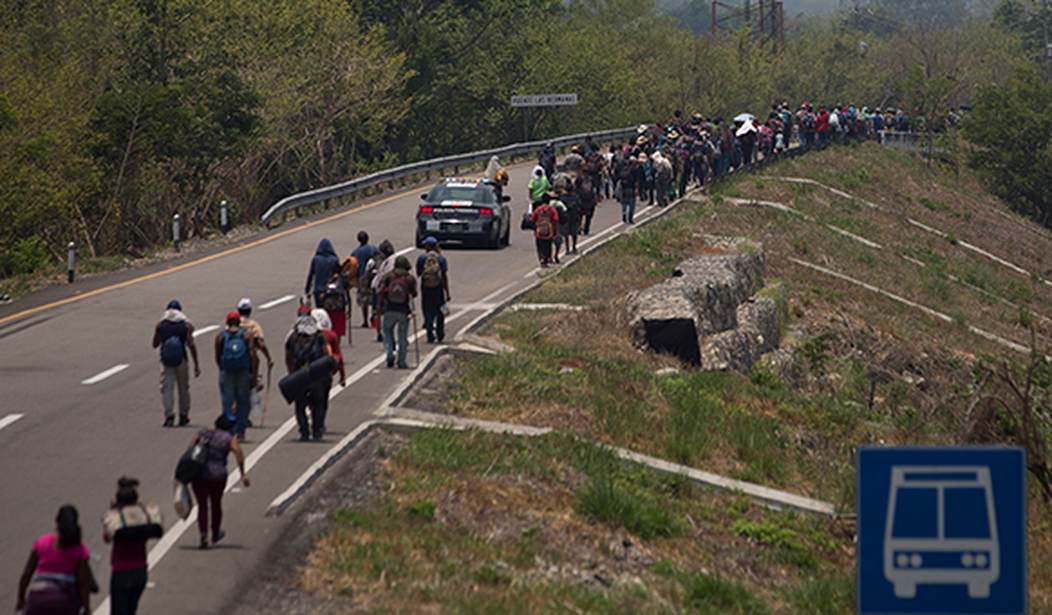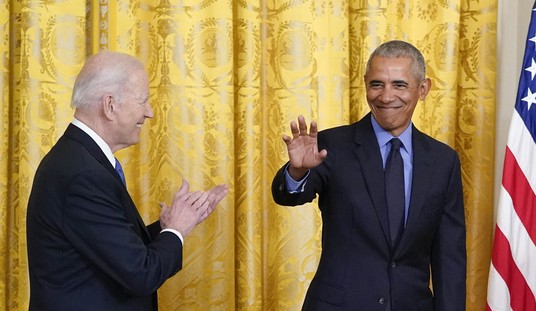New research establishes proof of concept for a long-theorized terrorism threat to physical land borders: that violent Islamic jihadists could infiltrate them while posing as migrants to clandestinely reach targets in a new and unexpected way. In Europe, the new study shows, many dozens of jihadists finally did just that for the first time in contemporary terrorism history, conducting gruesome attacks in nine countries in recent years. Over the next month, this series will explore the implications for U.S. border security of what happened in Europe.
After 9/11, counterterrorism practitioners, intelligence analysts and academics were expected to constantly study one of the most fundamental components of attack tradecraft: “terrorist travel” – in addition to how jihadists communicate, arm, and finance themselves.
The idea then and now is that staying sharp about emerging terrorist “tactics, techniques and procedures” like these would squarely inform the national strategy necessary to keep America safer.
But little evidence in the public record suggests those responsible for American comprehension have fully acknowledged, let alone begun studying, a fresh terror travel phenomenon that literally exploded onto the world stage a full three years ago in Europe with the November 2015 coordinated terror attacks on Paris: the Islamic jihadist tactic of using camouflaging mass migration to unauthorized border crossings of targeted western nations. History shows that contemporary terrorists, to include all 19 of the 9/11 hijackers, have usually relied on conventional airline-related travel into airports, processes that involved refugee resettlement fraud, white collar visa and immigration law violations. The lion’s share of counterterrorism effort naturally went to fixing those vulnerabilities.
Unauthorized land border crossing was thought to reside in the fanciful land of hypothesis, widely ridiculed last year when President Donald Trump suggested it was more than plausible at the southern border.
Recommended
However, a new study I authored for the Center for Immigration Studies confirms with little room for doubt that irregular migration resulting in unauthorized border-crossing (and in terror attacks and plots) on a significant scale in Europe can no longer be ridiculed or regarded as an unrequited theory. It is a proof-of-concept reality that should be acknowledged and dealt with as the new terror travel tactic it is, right up there with visa fraud involving airline travel. What happened in Europe also holds lessons for U.S. border security that can’t be properly exploited without initial acknowledgement that something brand new has arrived on the shelves.
My research shows that at least 104 jihadists used irregular migration to cross the European Union’s external borders and create bloody mayhem throughout interior nations between 2014 and 2018, continuing to the present day. These “migrant-terrorists,” as I call them, hired long-haul smugglers to cross oceans, flashed bogus identity documents at the border and lodged fraudulent asylum claims to cloak their entries into the EU and to plot inside it among authentic war refugees and economic migrants. Dozens of these unauthorized border entrants went on to conduct 16 actual attacks that killed 170 people and wounded almost 900 others, starting with the six November 2015 Paris suicide bombings and firearms massacres and then, a few months later, three Brussels attacks in March 2016. Others went on to conduct smaller-scale attacks that killed or wounded one or a few victims.
Some 22 terrorist suspects were arrested while still living in European migrant shelters.
At least 37 migrant-terrorists were arrested or killed in nine countries for 25 plots that were thwarted in time. Another 39 were arrested for atrocities committed in Syria on behalf of terrorist groups, or for other terrorism-related crimes such as kidnappings and ethnic cleansing.
These numbers are likely an undercount because they do not reflect attacks by smuggled border-crossing jihadists prior to the 2014 start of Europe’s “migrant crisis,” by which nearly three million people began washing over the continent’s common external border, nor the ones that have been reported so far during 2019, as the attacks and plots have continued.
My research showed that the U.S.-designated terrorist group ISIS purposefully deployed at least 40 of the terrorists into the migrant flow toward Europe via the Western Balkan route through Greece and then Hungary (before Hungary put up a much-criticized fence barrier), impersonating Syrian war refugees. At least 27 of them formed the “super-cell” that ISIS sent to carry out what became the Paris and Brussels attacks.
For unfathomable reasons, mine is a lonely voice and effort three years after this new terror travel tactic revealed itself. While some European leaders and even American ones have episodically recognized that irregular migration flows carried destructive seeds into Europe, academia and the U.S. homeland security establishment have been slow to recognize, quantify, or analyze it for lessons that can and should be learned.
The most recent White House Strategy for Counterterrorism, released in October 2018, at least acknowledged that terrorists infiltrated Europe over its external borders and raised what happened as a transposable problem for U.S. border security. But the professional analysts who wrote and edited this document obviously could find no research at that time to cite; the document mentioned only that a clearly incorrect “two” of the Paris attackers had gotten in via border infiltration. That was a step ahead of the October 2018 National Strategy to Combat Terrorist Travel, which made no mention at all of what happened in Europe. It is time for errors and omissions like these to end.
Beyond my isolated work to remedy information shortfalls like this, only researcher Sam Mullins, a professor of counter-terrorism at the George C. Marshall European Center for Security Studies, mounted a valiant attempt.
In his 2019-released book, Jihadist Infiltration of Migrant Flows to Europe: Perpetrators, Modus Operandi and Policy Implications, Mullins identified 144 alleged jihadist migrants who infiltrated migrant flows from 2011 and 2018. Like me, he was limited to problematic, often inadequate public source reporting, often on cases that have not even been adjudicated in court and before new ones came to light. This is clearly a developing situation, and we are at more of a rough beginning of comprehension as to how they did it than at the end.
With only the two of us beating drums in a big wide world three years after this terror travel phenomenon became clear, it’s safe to say our messages may not penetrate far into the U.S. homeland security apparatus, those elected to lead it, or the American media.
More and ongoing confirmation and analysis is necessary because, as Mullins wrote in April, “The United States can learn from this experience.”
In his analysis of the situation, Mullins cites his reasons for believing that a similar threat of infiltration to the U.S. Southwest Border is less likely than in Europe and even “relatively unlikely” but also (perhaps hedging, just in case) that “terrorist infiltration of the southern border is certainly possible, and Americans should not ignore this.” He cited longer travel distances to the U.S. southern border requiring intercontinental flight, smaller U.S.-bound volumes of emigrants from Muslim-majority nations than Europe, and better U.S. security screening capabilities.
In my own analysis, I don’t disagree with Mullins on some of those points. But I do think the threat to the U.S. border is higher than where Mullins benchmarks it for reasons that I’ll explain next week for Townhall readers.
In doing so, I’ll be wishing that many more minds than ours come to this new fact set and that they bring with them more data and their own competing analyses of what it means or doesn’t mean. That will only happen after acknowledgement that something new and different has happened in the world.
Read the second installment, Why the European border penetrations increased the threat against the United States, here.
Follow Todd Bensman on Twitter @BensmanTodd
























Join the conversation as a VIP Member